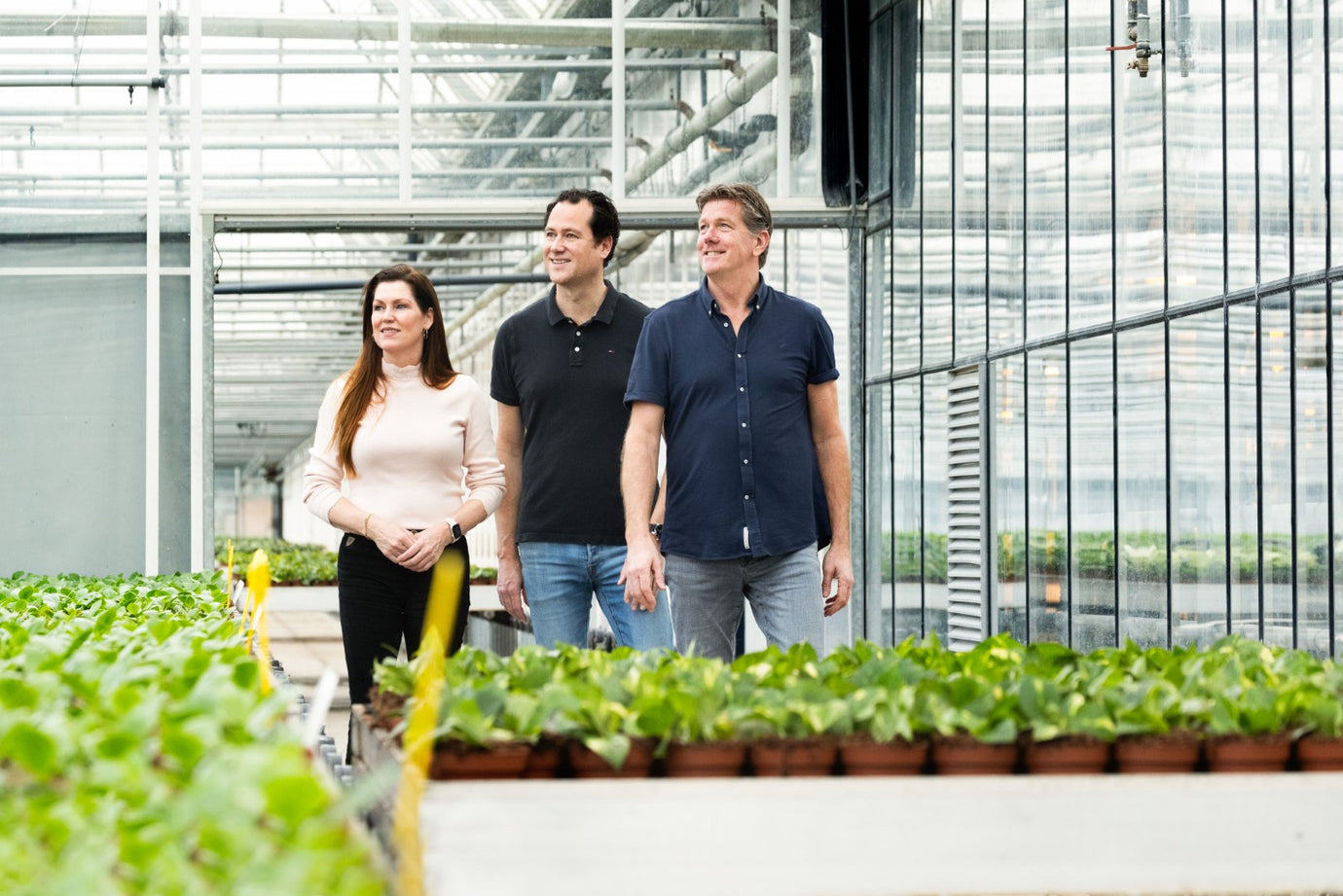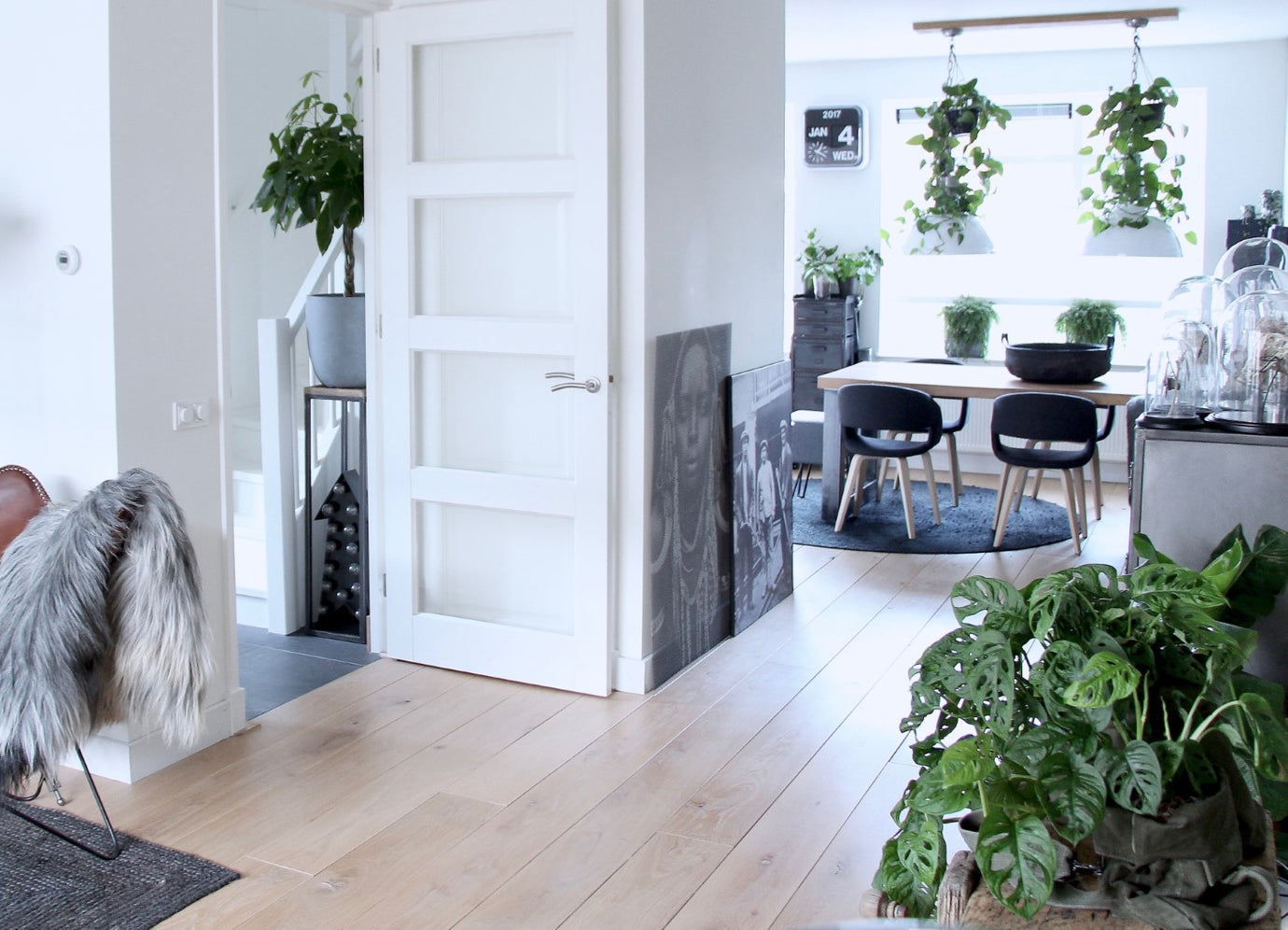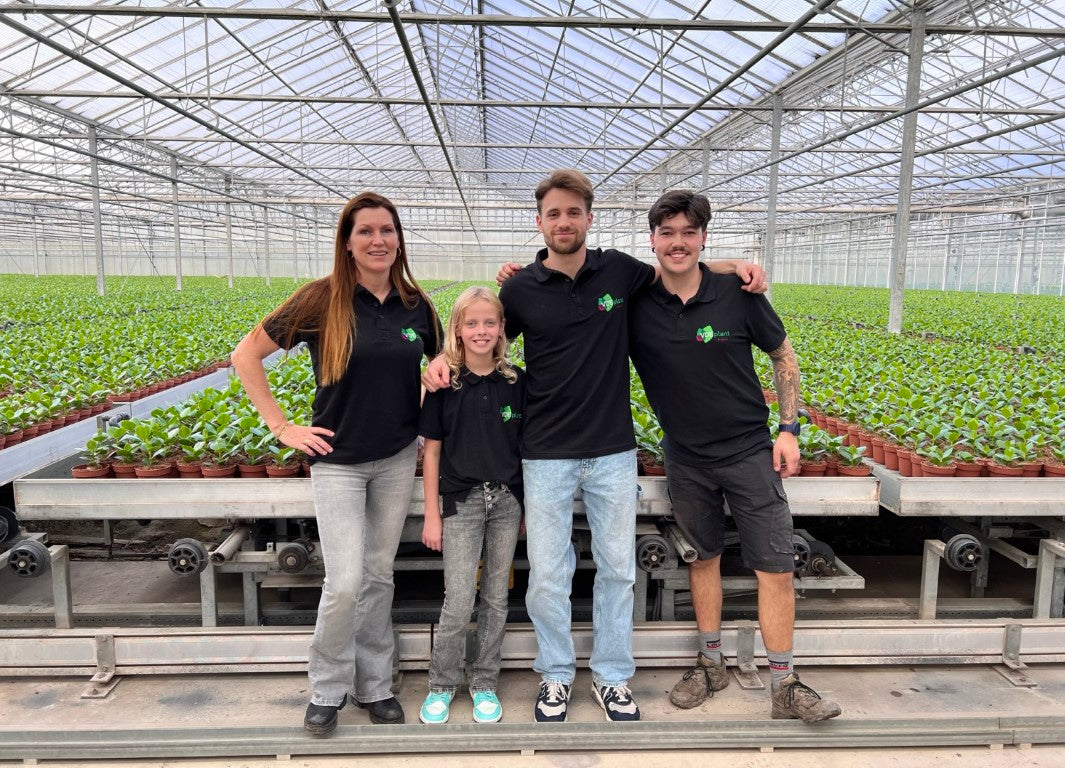The age-old story of coffee

The age-old story of coffee begins in the highlands of Ethiopia, home of the wild coffee plant. Its descendants, called Coffea Arabica, account for two-thirds of world production. Arabica coffee was cultivated in the Arabian Peninsula in the 15th century AD. Despite a ban on the export of the fertile bean, the Dutch acquired trees or living seeds in the year 1616. They soon established plantations in Ceylon, now Sri Lanka, and Java, now part of Indonesia.
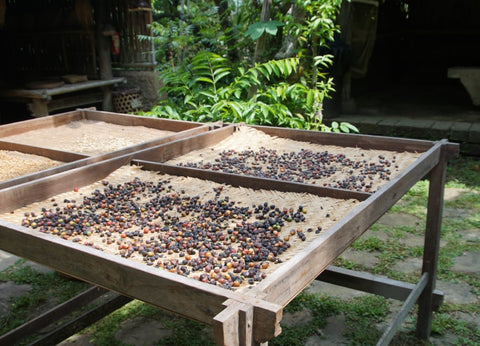
In 1706, the Dutch transported a young tree from their estates in Java to the botanical gardens in Amsterdam. The tree flourished and the offspring were then shipped to Dutch colonies in Suriname and the Caribbean. In 1714, the mayor of Amsterdam gave King Louis XIV of France one descendant. The king had it planted in a greenhouse in the Jardin des Plantes, the Royal Garden, in Paris.
The French were eager to enter the coffee trade. When the trees produced seeds, she shipped the seeds to Réunion Island. A plantation was established in 1720. These trees were so valuable that anyone who destroyed one was punished with death.
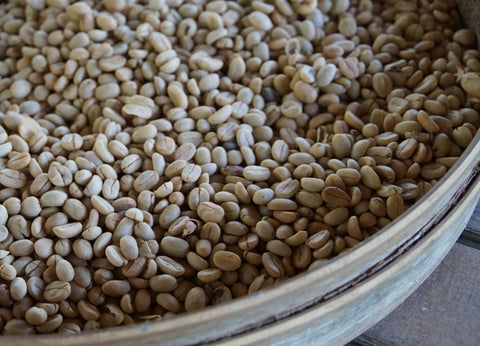
Coffee seeds
Before the journey, the precious tree was placed in a box made partly of glass so that the tree could absorb sunlight and stay warm on cloudy days. The tree survived an encounter with Tunisian pirates, a violent storm and, worst of all, a shortage of fresh water.
The crew's dedication was rewarded. The coffee tree arrived in Martinique in good health and flourished and multiplied in the tropical environment. From this one tree, Martinique supplied seeds directly or indirectly to all countries in America. Meanwhile, Brazil and French Guiana also wanted coffee trees. In Suriname the Dutch still possessed descendants of the Amsterdam tree.
For example, the young tree that went from Java to Amsterdam in 1706, together with its descendants in Paris, provided all the plant material for Central and South America. Today, more than 25 million family farms in some 80 countries grow an estimated 15 billion coffee trees. Their product ends up in the 2.25 billion cups of coffee consumed every day.

Most common coffees
Raw coffee beans are the seeds of plants belonging to the Rubiaceae family, which includes at least 66 species of the genus Coffea. The two varieties commercially exploited are Coffea Arabica, which accounts for two-thirds of world production, and Coffea Robusta, with one-third of global production. The Robusta coffee has a strong, earthy aroma and usually ends up in soluble form in instant coffee. Arabica coffee has a more delicate taste and is consumed much more often.
That was Coffea's story
After such an interesting piece of history about the coffee plant, have you become curious about what it really looks like? Then you can order your coffee plant here. Place it in your kitchen, near the coffee maker and think back to the history of the coffee plant with every cup of coffee.




